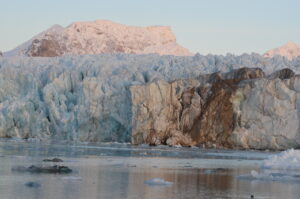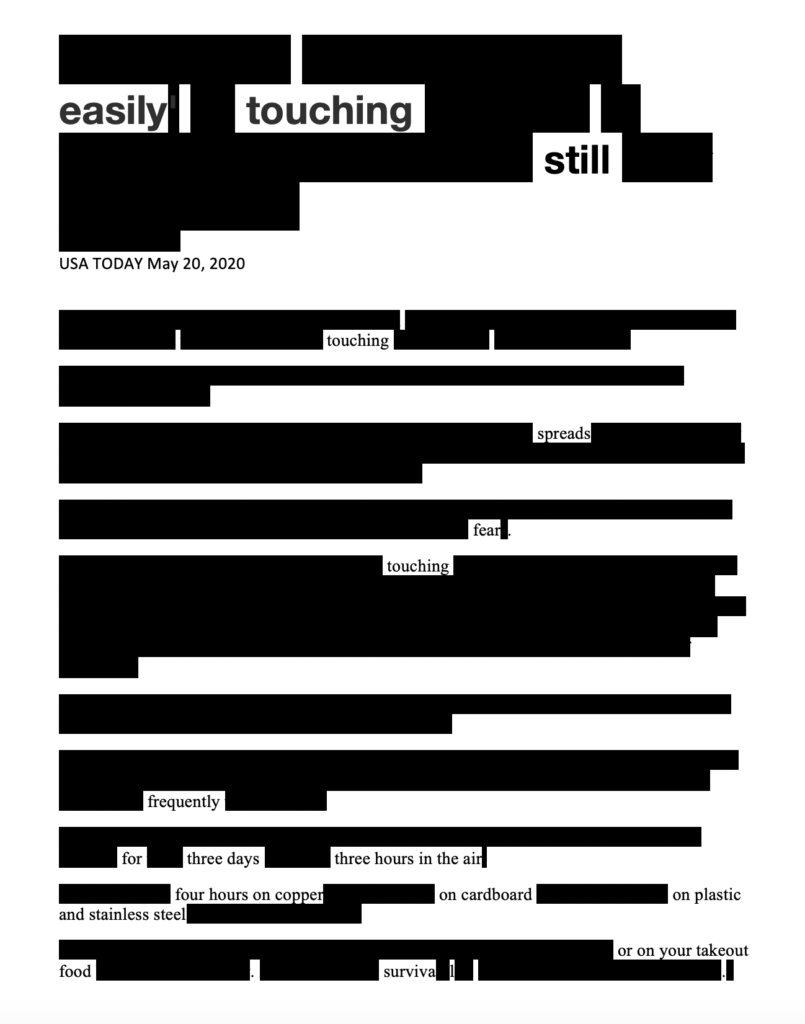By now you have to know about Neowise, the comet that came into view just about the time the pandemic hit hard in the US, March 27. It’s now, for a short time, the darling of astronomers and star gazers. I count myself among those who get joy by looking heavenward. Are you part of our tribe?
The past couple weekends, Myron and I have driven 90 miles south of Chicago to corn and soybean fields, parked on the edge of a farmer’s healthy crop, and set up our chairs. I’ve unfurled my tripod and pointed my camera to that blank spot right below the bowl of the Ursa Major, the great bear—better known as the Big Dipper.

The first weekend, clouds were moving across the southern Illinois sky, and I was able to snap only a glimpse of the comet before the cirrus formations swallowed it up. Couldn’t complain, though. The clouds have been so spectular in the COVID skies, I know people around the world are astounded at what our atmosphere looks like without contrails, without heavy pollution. As National Geographic put in in April:
“AS THE NOVEL coronavirus tears around the world, it’s exploiting our biggest weaknesses, from creaking health care systems to extreme social inequality. Its relationship with one pervasive and neglected problem, however, is more tangled: Air pollution has intensified the pandemic, but the pandemic has—temporarily—cleaned the skies.”
Some people in China and India and indeed the entire globe are seeing things they’ve never seen before:
“From China’s Hubei province to industrial northern Italy and beyond, pollution levels have plummeted as lockdowns aimed at slowing the viral spread have shuttered businesses and trapped billions of people at home. In India, where air pollution is among the world’s worst, ‘people are reporting seeing the Himalayas for the first time from where they live,’ Lauri Myllyvirta, lead analyst at the Helsinki-based Centre for Research on Energy and Clean Air, said in an email.”

I don’t know about you, but I can’t get enough of those cloudy gems delivered everyday without fail. The night in the soybean field, though Neowise made just a brief appearance, I was just as happy to gaze at those clouds.
The following weekend, we went for round two, same field, same time of night. I knew a little bit more about Neowise by then: she was here for only a few weeks, visiting from her orbit around the sun, and she wouldn’t return for 6,800 more year. As she snuggled close to the sun, her body warmed, pulling things like gasses and rocks and dust and ice–yes, ice–from her body. Those materials created a long, sparkly tail, and a secondary tail made of pure, ionized gas and solar wind. That ionized tale is pure magic.
But what wouldn’t leave me after we came home and crawled into bed is the idea of Neowise shedding ice. I kept thinking about the other formations, the ones that move to geologic time instead of cosmic time, shedding ice on the earth. I kept thinking of the beauty of Lilliehookbreen, off the west coast of Svalbard, that I visited in 2017. A fjord. A glacier. Also shedding ice.

 Friday, June 12, Petra Kuppers and I kicked off our first event in the Practices of Hope Reading Series. I was a little nervous about it, being the technical guru without really knowing what I was doing. Petra, consummate moderator and host, took us on a real journey. The night began with the poet and Anishinaabemowin language teacher Margaret Noodin reading her poem in both Anishinaabemowin and English. We ended with Jennifer Sinor’s thoughts on how “speculative,” commonly used to describe science fiction, is a tool for nonfiction writers, too.
Friday, June 12, Petra Kuppers and I kicked off our first event in the Practices of Hope Reading Series. I was a little nervous about it, being the technical guru without really knowing what I was doing. Petra, consummate moderator and host, took us on a real journey. The night began with the poet and Anishinaabemowin language teacher Margaret Noodin reading her poem in both Anishinaabemowin and English. We ended with Jennifer Sinor’s thoughts on how “speculative,” commonly used to describe science fiction, is a tool for nonfiction writers, too.












